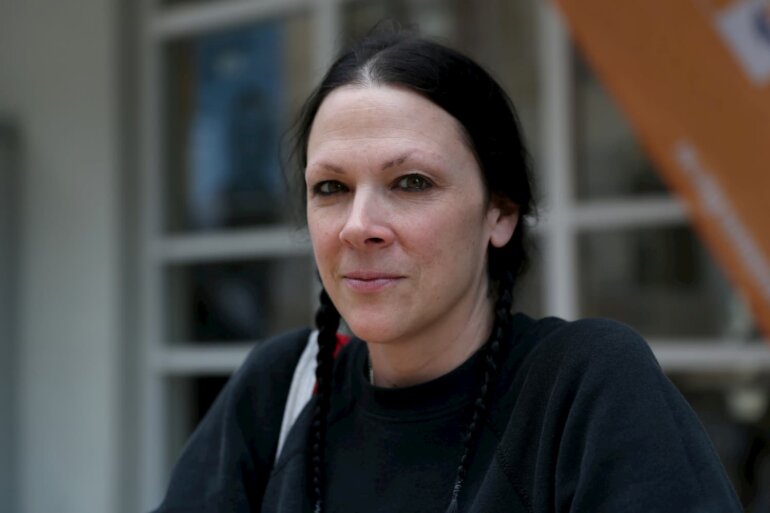
As well as reviewing on New Horror Express, he currently writes reviews for The Wee Review and has previously written for Slimehouse TV, Subtitled Online, and The 405. He got into horror in his early teens and has not looked back since. Murphy is a freelance journalist, reviewer, and podcaster. While the show typically focuses on indie directors, actors and writers are often a part of the conversation as well. It also has a teen beat, a self-centeredness that personalizes haiku rhythms into confession, with a low-tech handicraft that makes this me-missive more intimate, exposed, and vulnerable.Host Scott Murphy (host of the Guilty Pleasures Podcast) chats to the best indie talent the horror genre has to offer. This pillow text has earnestness and impetuosity, the feel of song lyrics that could pass for Imagist poetry. Untitled, the third installation here and the only one not to include an element of video, was a wall of puffy fabric letters reading LAST NIGHT I WENT TO / FUCKED UP AGAIN / AND I REALIZED / THAT IT IS ALWAYS / THE SAME PLACE / JUST WITH / DIFFERENT DRIVERS. In fact, an intense undercurrent of potential violence is never far from the surface of Reeder’s worka sense that all bets are off in the teen years, when the chaos of becoming may have its rampant way. The setting lends the school in the video a suburban air eerily suggestive of a place like Columbine.
#JENNIFER REEDER MOVIE#
In Reeder’s installation, the video monitor sits like a drive-in movie screen in a little dioramic landscape including miniature conifers and cars, a parking lot, and tiny figures, in front of a wall painted sky blue. The garb hand body language of the students, who seem to hold their environment in thinly veiled contempt, somehow challenge the modern, homogenized veneer of the school corridors. Nothing happens here but the confrontation of the ennui of institutionalization and the irreverence of youth. Reeder’s concealed camera, fixed but sometimes panning like a surveillance eye, records the occasional teenage boy or girl sauntering down the hall, pausing at a locker, drinking at a fountain, chatting momentarily with a schoolmate, walking away. The installation A Double Image Both in Focus Simultaneously (II) includes a small monitor on which a looped video of a high-school hallway plays in slightly slow motion. The context enhances the dislocated psychological environment Reeder reveals oddly pathetic incidents of group conformity and individual expression seem to be filtered through a humid haze of aqueous vapor and so made familiar and strange.

A few boys are visible from time to time in the background, but the camera focuses on the young women summoned to a school activity that exposes their changing state.


Hints of clannish group bonding, moments of personal isolation on which we voyeuristically intrude, and episodes of intense athletic endeavor congeal into a somewhat wistful genre video. Using, soft dissolves, slow motion, and a dreamy sound track by Texas band Aix Em Klemm, Reeder provides a visual tone poem, an ode to teenage rituals.

A Double Image Both in Focus Simultaneously (I) (all works 2001) is a large DVD projection of a girls’ indoor swim meet. Two video-based pieces here were replete with pointed reminders of the many tender vulnerabilities of the teenage years, suggesting the relentless to-and-fro of awkwardness and bluster, adult and child, jammed into the same charged body. Not so many years removed from having been there herself, Jennifer Reeder is enormously sensitive to the ambiguities of life in high school.


 0 kommentar(er)
0 kommentar(er)
